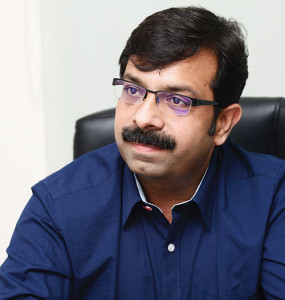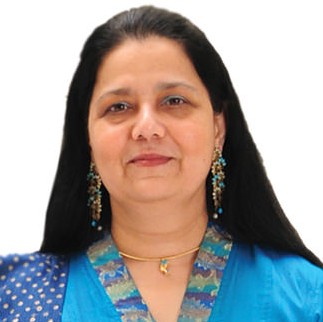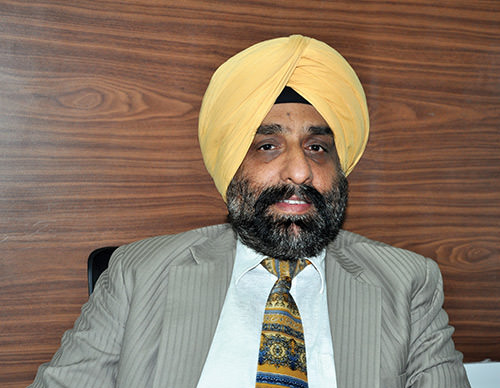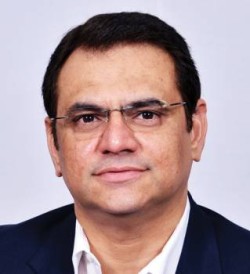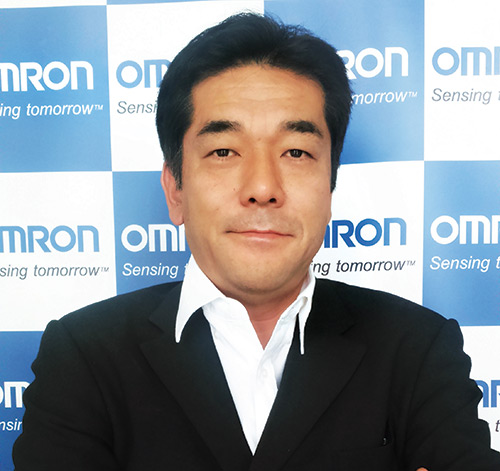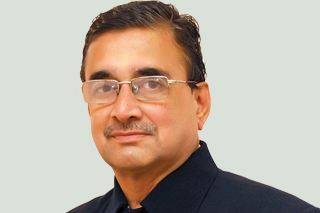
Dr Pankaj Bajaj, Chief Orthopedic Surgeon and Medical Director, Cygnus Orthocare Hospital, discusses the emerging spurt in arthritis and the advances in technology that ensures comfort for the knees. In conversation with Shahid Akhter, ENN, he shares his ortho experience
How widespread is arthritis in India?

Arthritis refers to joint inflammation and there are more than 100 diseases that af- fect the joints. Broadly, it can be divided into osteoarthritis ” arthritis due to wear and tear of muscles that comes with age ” and the inflammatory arthritis. According to WHO reports, one in six people and one in three families suffer from arthritis in India. In other words, Arthritis affects 15 percent of the Indian population. It is alarming to see the patients emerging in the lower age group as well. Almost 40 percent patients are in the age bracket of 34 to 40 years.
What reasons you attribute to this alarming trend?
A joint is a meeting place of two bones and to facilitate the movement, the bones surfaces are covered with cartilage to protect them from actually rubbing against each other. Ligaments hold the bones, while the muscles relax or contract and the synovial fluid nourishes the joint and the cartilage. Any short circuit in this mechanism may trigger pain and discomfort. Arthritis is an umbrella term for over hundred types of musculoskeletal disorders that can affect people of all ages. It is not just about joint pains associated with old age. For hundreds of conditions, it is almost impossible to pin point the precise cause. The cause or causes may be hidden in factors like genetics, lifestyle, environment, inflammation, etc. Scientists are still studying these aspect. Besides sedentary life style and high obesity level, there are various other factors associated with arthritis. Lack of awareness, poor exercise, junk food and similar issues pile up to the problems of arthritis. Even injury and infection can spark off arthritis. Diminishing level or excess of flu- id, wear and tear of the cartilage are some of the other common factors.

When is knee replacement recommended? Is it associated with old age?
Ideally, if your day to day activity is compromised due to knee pain, it is time to consult the doctor. Knee surgery is mostly for older people, although age is not a deciding factor today. Consideration of surgery is based on the severity of pain and the degree of disability of the patient. A healthy joint bends easily and allows pain free movements. Once this is compromised, the joint deserves an examination to ascertain the cause. The doctors then decide if joint replacement is required.
What are the benefits of such a surgery?
The quality of life receives a new lease. There will be substantial reduction in joint pain. One will be able to accomplish more activities like pain free walking, lifting, exercise, etc. The usual discomfort associated with daily tasks will come to a halt. In India we have a tendency to shift or postpone surgery as far as possible and this delay leads to further aggravation of the problem. Knee replacement surgery performed before severe stiffness and pain set in is associated with better outcomes. For many, it may lead to freedom from depression.
“While the trend of younger people getting arthritis is worrying, we are happy that advances in technology has made it possible to seek the right medical intervention to ensure a hassle-free future life for such patients”
What factors do you take into account before deciding a knee replacement surgery?
The magnitude of pain and stiffness is one factor. Next we need to ascertain if the symptoms seriously undermine the patients ability to carry out everyday tasks and activities, like walking, going upstairs, getting in and out of cars, getting up from a chair, etc. Is the pain persistent and does it continue while in sleep or rest? Have medications failed? The extent of knee deformity is there a noticeable arch in the inside or outside of the knee, besides other factors.
Who decides the need for the knee replacement?
It is not just the patient or the doctor but even the family members are required to be at the discussion side to uate and understand the knee replacement surgery. The decision is based on individuals disability, extent of pain, health report and other factors.
Why should one consider Cygnus Orthocare Hospital?
We have a team of experienced surgeons with latest technologies at our disposal. We use computer assisted surgery (CAS) by navigation system and I-assist. Shortly we will be NABH accred- ited. Our reputation is not confined to patients in India alone. Almost 25 percent of our patients come from Afghanistan, Iran, Iraq and other CIS nations. Mostly, they are here during winter time when the temperature is more pleasing for them. Lack of good treatment compels many to come to us. This brings in a new lease of life for many of them. Also it breaks the notion that joint replacement can only be accessed by the af- fluent, by providing option to poor patients at affordable prices. Our rates are very affordable when compared to other corporate Hospitals.
Your foray into research and academic studies ?
We have CMEs in place. As part of the Knowledge Exchange Programme initiated by Cygnus Orthocare Hospital, last week we had Dr David H Gibson, a renowned orthopedic expert from USA. He was of the opinion that deskbound lifestyle is causing knee arthritis among younger people in India. He also highlighted advances in technologies which have made treatment of knee arthritis easier, and cheaper. He felt the need to innovate technologies and solutions which suit people in Indian conditions.
What technological innovations have improved life in othrocare?
In India robotics have net yet reached the ortho clinic but other technologi- cal advances are in place. Presently available implants are designed keeping in mind US and European population. Hence most of the time they dont match our patient profile. In Europe, the most common size in use is 4-5-6 while in India it is 2-3 and sometime 4. We have moved rapidly with technologies and today we have a newly designed prosthesis for the Indians and Caucasian population.
Be a part of Elets Collaborative Initiatives. Join Us for Upcoming Events and explore business opportunities. Like us on Facebook , connect with us on LinkedIn and follow us on Twitter , Instagram.


